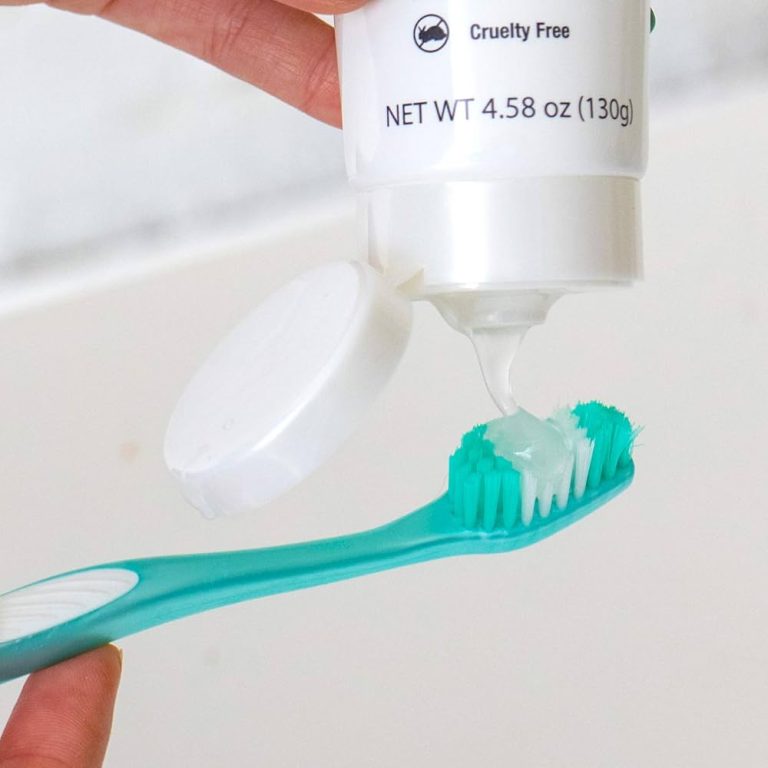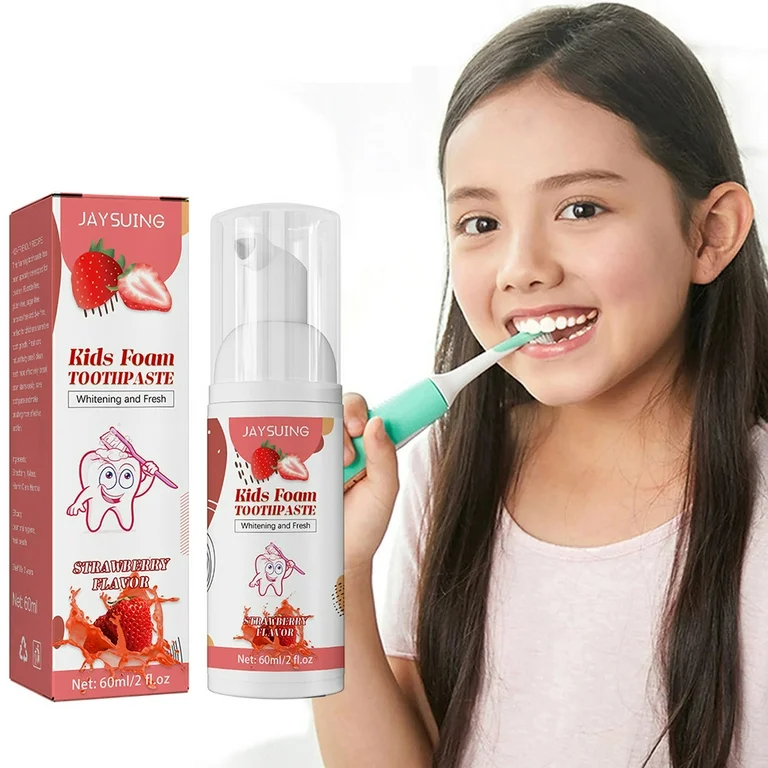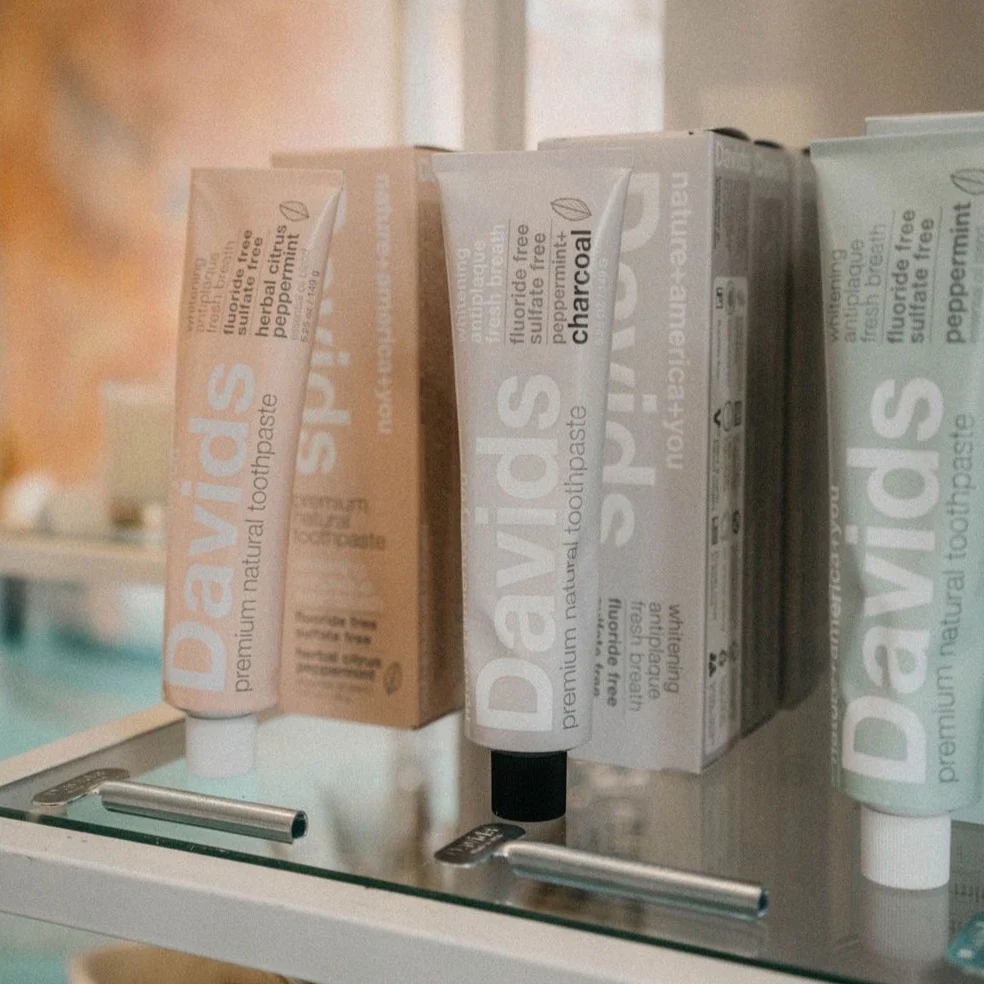
What Happens When Toothpaste Expires?
Understanding Toothpaste Expiration Dates
Toothpaste, like many personal care products, comes with an expiration date. This date typically appears on the crimped end of the tube or on the packaging. Manufacturers determine these dates based on the stability and effectiveness of the product’s ingredients over time. Most toothpastes remain effective for about two years after the manufacture date. However, the exact shelf life can vary depending on the specific formulation and storage conditions. The expiration date serves as a guide for optimal use, ensuring that the toothpaste maintains its intended properties and effectiveness.
It’s important to note that the expiration date doesn’t necessarily mean the toothpaste becomes harmful immediately after this point. Instead, it indicates the period during which the manufacturer guarantees the product’s full efficacy. Understanding the significance of these dates helps consumers make informed decisions about their oral hygiene products. Additionally, being aware of expiration dates encourages proper storage and timely replacement of toothpaste, contributing to better oral health practices overall.
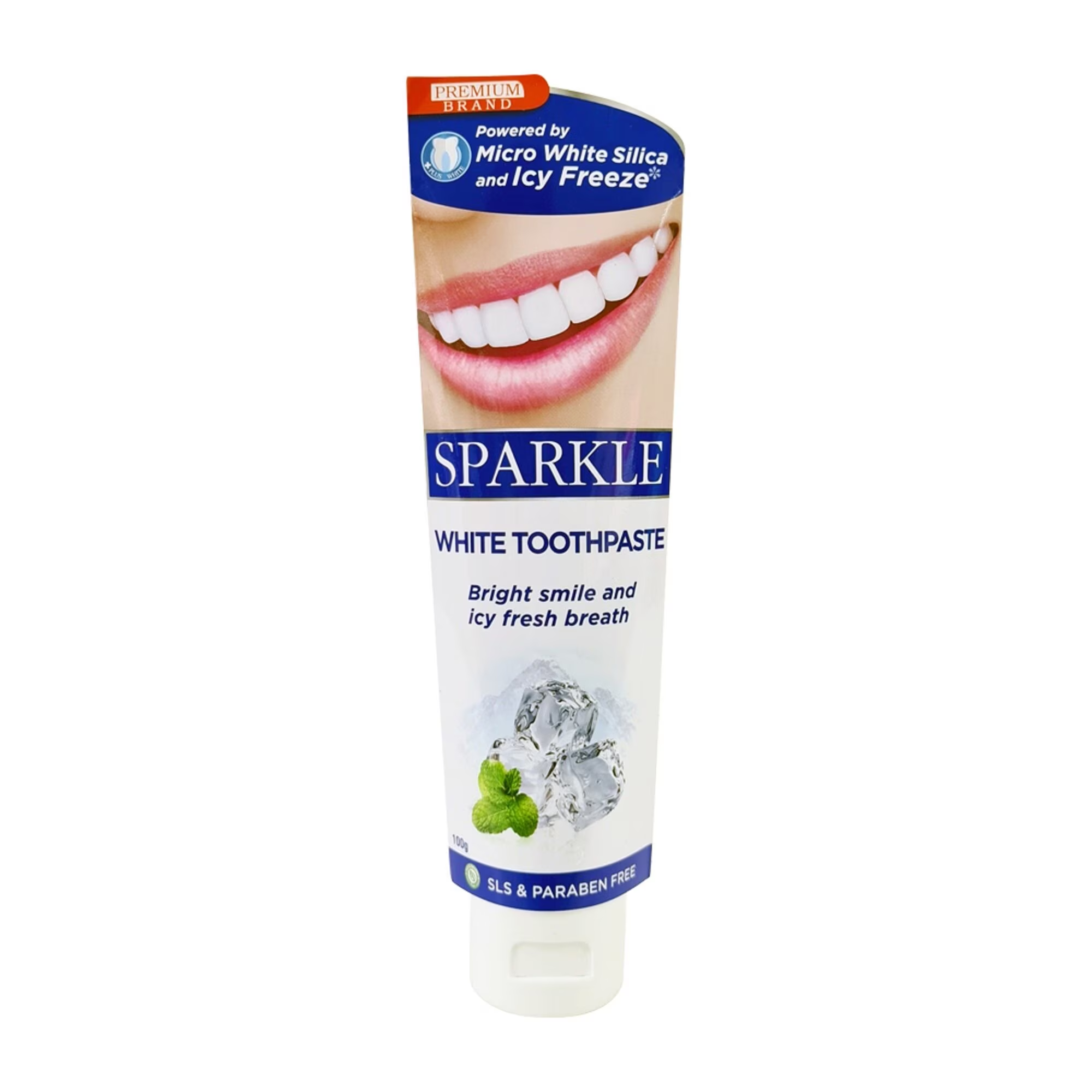
The Composition of Toothpaste and Its Shelf Life
Toothpaste consists of various ingredients, each serving a specific purpose in oral care. Common components include abrasives for cleaning, fluoride for strengthening enamel, humectants for moisture retention, flavoring agents, and preservatives. The shelf life of toothpaste largely depends on the stability of these ingredients over time. Fluoride, a crucial component for preventing tooth decay, can lose its effectiveness as it breaks down. Flavoring agents may deteriorate, altering the taste of the toothpaste. Preservatives, which prevent bacterial growth, can become less effective over time, potentially allowing microbial contamination.
The texture of toothpaste may also change as ingredients separate or dry out. Manufacturers conduct stability testing to determine how long these ingredients remain effective and safe under normal storage conditions. This testing forms the basis for the expiration date. Understanding the composition of toothpaste provides insight into why expiration dates matter and how the product might change over time. Moreover, this knowledge helps consumers appreciate the complexity of toothpaste formulations and the importance of using the product within the recommended timeframe for optimal oral health benefits.
Potential Risks of Using Expired Toothpaste
Using expired toothpaste may pose several risks, though they are generally minor. The primary concern is reduced effectiveness in maintaining oral hygiene. As the fluoride in toothpaste degrades over time, its ability to prevent tooth decay diminishes. This reduction in efficacy could lead to increased risk of cavities and other dental problems if used exclusively over an extended period. Another potential risk involves bacterial growth. While toothpaste contains preservatives to prevent microbial contamination, these become less effective after the expiration date.
In rare cases, this could lead to bacterial overgrowth, especially if the toothpaste has been stored in warm, humid conditions. Expired toothpaste may also experience changes in texture, becoming dried out or separated, which can make it less pleasant to use and potentially less effective at cleaning teeth. Some users might experience mild irritation or allergic reactions to degraded ingredients. However, it’s important to note that these risks are generally low, and using expired toothpaste for a short period is unlikely to cause significant harm. Nevertheless, for optimal oral health, it’s advisable to use toothpaste within its recommended shelf life.
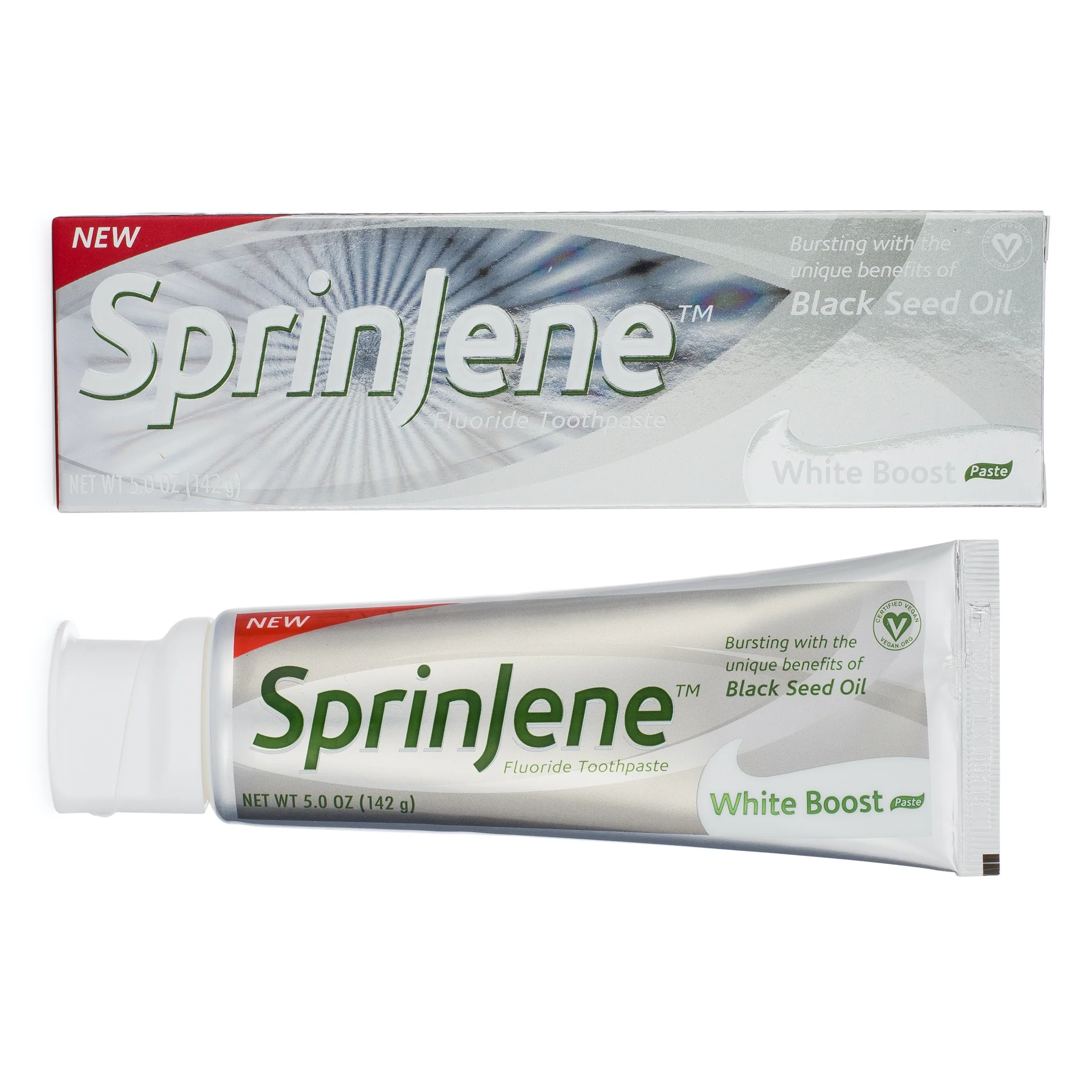
Signs That Your Toothpaste Has Expired
Recognizing the signs of expired toothpaste can help determine whether it’s still suitable for use. One of the most noticeable indicators is a change in texture. Fresh toothpaste typically has a smooth, consistent texture, while expired toothpaste may become dry, crumbly, or separated. If the toothpaste appears watery or has visible separation of liquid and solid components, it’s likely past its prime. Another sign is a change in color. While slight color variations are normal, significant discoloration could indicate that the toothpaste has degraded. Alterations in taste or smell are also red flags.
If the toothpaste has an off-putting odor or tastes significantly different from when it was new, it’s best to discard it. Some expired toothpastes may develop small dark spots, which could indicate mold growth. Additionally, if the packaging is damaged, allowing air and potential contaminants to enter, the toothpaste should not be used regardless of the expiration date. Being aware of these signs helps consumers make informed decisions about whether to continue using a toothpaste that may be past its expiration date.
The Effectiveness of Expired Toothpaste in Oral Hygiene
While expired toothpaste may not be harmful in most cases, its effectiveness in maintaining oral hygiene can be compromised. The primary concern is the degradation of active ingredients, particularly fluoride. Fluoride plays a crucial role in preventing tooth decay by strengthening tooth enamel. As toothpaste ages, the fluoride becomes less effective, potentially reducing its cavity-fighting abilities. The abrasive agents in toothpaste, responsible for removing plaque and surface stains, may also become less effective over time. This could result in reduced cleaning power, leaving teeth more susceptible to plaque buildup and discoloration.
The foaming agents in toothpaste, which help distribute the cleaning ingredients throughout the mouth, may also lose their efficacy. Consequently, expired toothpaste might not clean as thoroughly as fresh toothpaste. While brushing with expired toothpaste is generally better than not brushing at all, it may not provide the full range of benefits expected from regular toothpaste use. For optimal oral health, using toothpaste within its expiration date ensures that all active ingredients are working at their full potential.
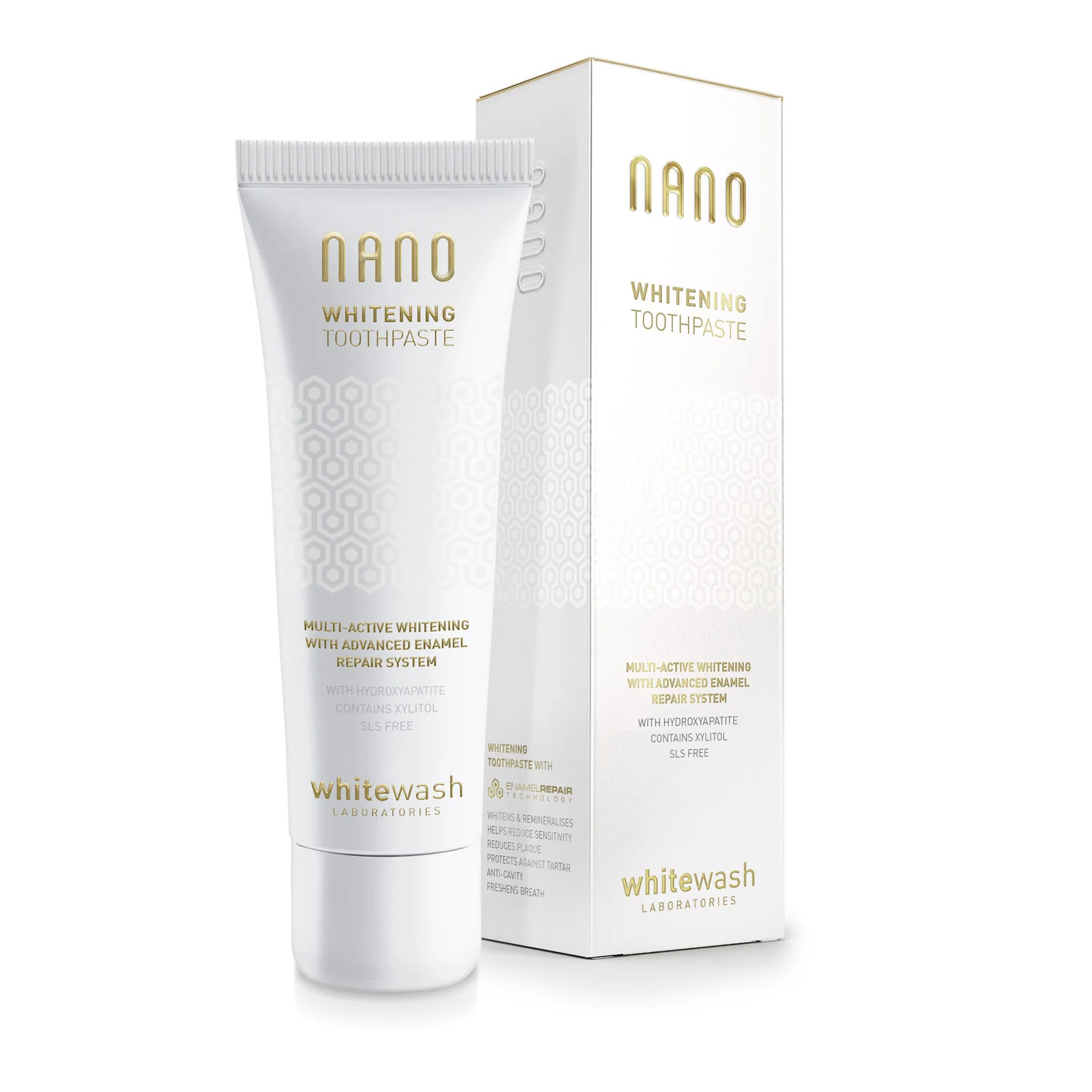
Proper Storage to Extend Toothpaste Shelf Life
Proper storage of toothpaste can significantly extend its shelf life and maintain its effectiveness. Toothpaste should be stored in a cool, dry place away from direct sunlight and heat sources. The bathroom, despite being a convenient location, may not be ideal due to humidity from showers and baths. Consider keeping toothpaste in a medicine cabinet or drawer instead. Always replace the cap tightly after each use to prevent air and moisture from entering the tube. This practice helps maintain the toothpaste’s texture and prevents premature drying.
Avoid storing toothpaste in extreme temperatures, as this can cause ingredient separation and degradation. If traveling with toothpaste, keep it in a sealed plastic bag to protect it from temperature fluctuations and potential leaks. For families sharing toothpaste, consider using a toothpaste dispenser to minimize contamination and exposure to air. By following these storage tips, consumers can help ensure their toothpaste remains effective for as long as possible, potentially even beyond the printed expiration date. Proper storage not only extends the life of the product but also maintains its quality and effectiveness in promoting oral health.
Alternative Uses for Expired Toothpaste
While expired toothpaste may not be ideal for oral hygiene, it can still serve various purposes around the house. One common alternative use is as a mild abrasive cleaner. Expired toothpaste can effectively clean silver jewelry, removing tarnish and restoring shine. It can also be used to polish small metal objects or remove scuff marks from shoes. In the bathroom, expired toothpaste can clean sink fixtures and remove soap scum. Some people use it to clear foggy headlights on cars or to remove crayon marks from walls.
Another innovative use is filling small holes in walls; the paste dries hard and can be sanded smooth. Expired toothpaste can also help soothe minor skin irritations like insect bites or mild burns, thanks to its cooling effect. For crafters, it can be used as a modeling paste for small projects. However, it’s important to note that while these alternative uses can be effective, they should be approached with caution, especially if the toothpaste contains fluoride or other active ingredients that may not be suitable for all surfaces or skin types.
When to Definitely Discard Expired Toothpaste
While expired toothpaste isn’t always harmful, there are certain situations where it should be discarded without question. If the toothpaste shows any signs of contamination, such as mold growth or unusual discoloration, it should be thrown away immediately. Similarly, if the toothpaste has an odd or unpleasant odor, it’s best to err on the side of caution and discard it. Toothpaste that has drastically changed in texture, becoming either extremely runny or hard and dry, should also be replaced. If the packaging is damaged, allowing potential contaminants to enter, the toothpaste should not be used.
For individuals with compromised immune systems or ongoing dental issues, using fresh, unexpired toothpaste is particularly important to ensure maximum effectiveness and safety. Additionally, if the toothpaste causes any irritation, burning sensation, or allergic reaction, it should be discontinued regardless of its expiration status. Children’s toothpaste should be replaced more promptly after expiration, as children may be more susceptible to swallowing toothpaste and could be more sensitive to any changes in the product’s composition.
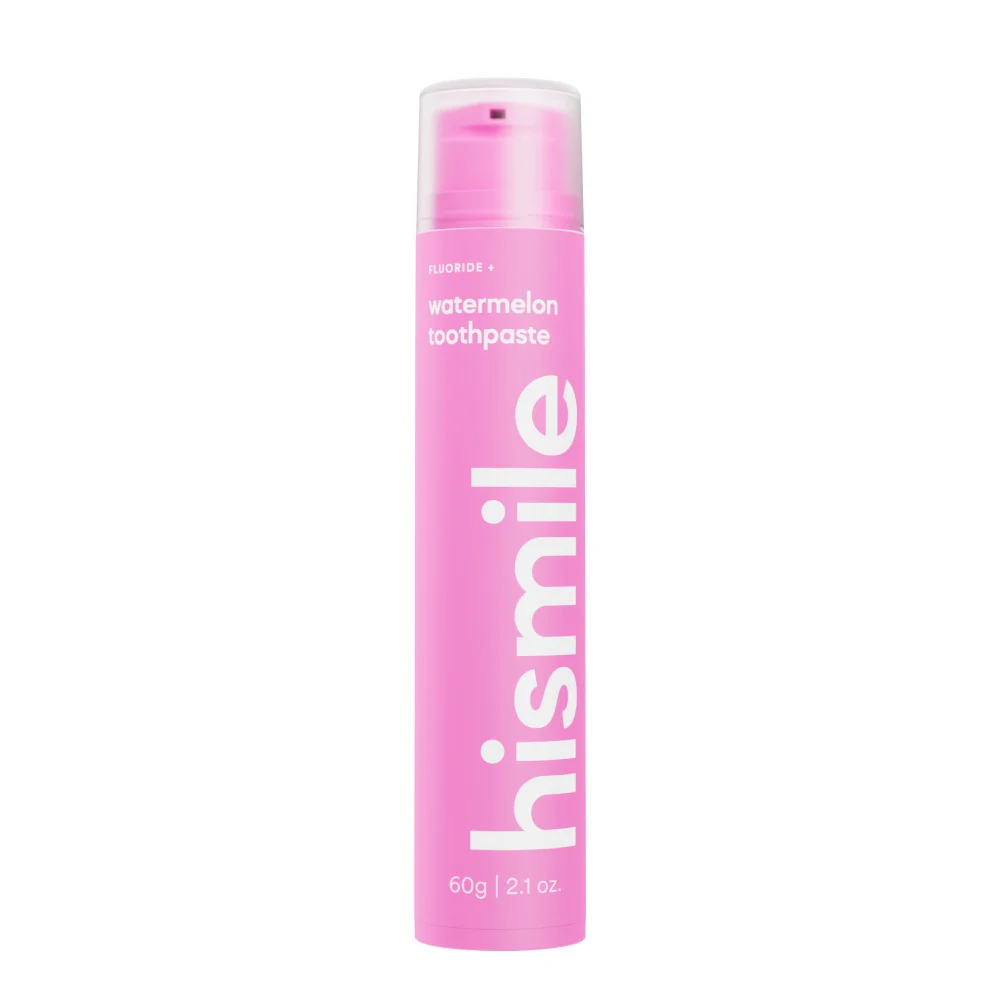
Environmentally Friendly Disposal of Expired Toothpaste
When it comes time to dispose of expired toothpaste, considering environmental impact is important. Most toothpaste tubes are made of mixed materials, making them difficult to recycle. However, some communities have specialzed recycling programs for oral care products. Check with local recycling centers to see if they accept toothpaste tubes. If recycling isn’t an option, squeeze out as much toothpaste as possible before disposing of the tube in regular trash.
Instead, dispose of the paste in the trash. For those concerned about waste, consider switching to more environmentally friendly toothpaste options, such as those that come in recyclable packaging or tooth powder that comes in reusable containers. Some brands offer toothpaste tablet alternatives that come in minimal, recyclable packaging. By being mindful of disposal methods and exploring eco-friendly alternatives, consumers can minimize the environmental impact of their oral care routine while still maintaining good dental hygiene.
Making Informed Decisions About Toothpaste Use and Replacement
Ultimately, the decision to use or discard expired toothpaste depends on various factors. While using slightly expired toothpaste for a short period is unlikely to cause harm, it may not provide optimal oral health benefits. Consumers should regularly check expiration dates and replace toothpaste as needed to ensure they’re getting the full protective effects of the product. When shopping for toothpaste, consider buying smaller tubes if you don’t use it quickly, to reduce the likelihood of it expiring before use.
Pay attention to how your mouth feels after using toothpaste; any discomfort or changes in oral health could indicate it’s time for a fresh tube. Keep in mind that while expired toothpaste might be suitable for alternative uses, fresh toothpaste is always best for dental hygiene. Regularly replacing toothpaste, along with your toothbrush, is an important part of maintaining good oral health. By staying informed about the properties of toothpaste, its shelf life, and proper usage, individuals can make the best decisions for their dental care routine, ensuring a healthy and bright smile for years to come.
